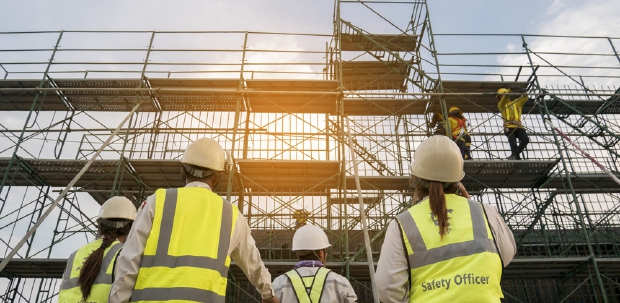KUALA LUMPUR: Malaysia has significant potential to develop high-quality office projects that cater to tenants' needs for space efficiency and eco-friendly features.
According to Yulia Nikulicheva, head of research and consultancy at JLL Malaysia, this potential is particularly promising for projects located in highly sought-after submarkets like Kuala Lumpur (KL) city, KL fringe, or near major transportation hubs.
JLL reported that 96 per cent of surveyed occupiers across Malaysia aim to have 100 percent green-certified portfolios by 2030, a substantial increase from the current 3.0 percent.
However, a challenge lies in the fact that only 2.0 square feet of low carbon space is being developed for every five square feet of demand until 2028 across Asia and the Asia Pacific.
Compared to more mature markets, Malaysia currently offers a lower provision of green certified spaces. Only 37 per cent of the total existing prime office space has obtained any green certification, as per the survey findings.
Looking ahead, about 10.5 million square feet is projected to be added to the total office stock within the next five years, with 38 per cent of that space expected to be green certified. Yet, considering the ambitious goals of corporations to occupy green certified spaces by 2030, a significant gap between supply and demand is likely to emerge.

Nikulicheva highlighted that while the overall market may be competitive and tenant-driven, in the "green" segment, it is distinctly a landlord's market and is anticipated to maintain this stance in the medium term.
"This presents an opportunity for landlords of existing buildings, especially those located close to transportation hubs, to undertake asset enhancement initiatives, she said.
"However, it is crucial that the building structure aligns with tenant requirements, including floor plate size, ceiling height, column grid, electricity capacity, and other important features.
Corporate net zero carbon (NZC) goals are driving ambitious portfolio decarbonisation plans for occupiers in Malaysia, leading to a significant gap between supply and demand for sustainable buildings in the region.
The mismatch between supply and demand will drive strong competition among occupiers seeking low-carbon office spaces in the years leading up to 2030, said Kamya Miglani, head of ESG research, Asia Pacific, JLL.
Miglani said that green office space is becoming increasingly critical for businesses in Asia Pacific.
In the near future, leasing space in green certified office buildings will no longer be a differentiator but a requirement for occupiers in the region, she said.
"To achieve decarbonisation goals, we are seeing more companies adopt strategies such as energy audits, sustainable fit-outs, and green leases," she said.
About 37 per cent of occupiers surveyed in Malaysia said that on-site renewable energy provision will become indispensable due to decarbonisation goals by 2030.
Additionally, 76 per cent expect their energy needs to be met by renewables, compared to 17 per cent today.
"The transition to renewable energy is a critical step for the real estate industry to redefine and transform buildings from passive energy consumers to active contributors through onsite renewable energy generation. The collaboration between landlords and occupiers will be critical to fulfilling sustainable building demand."
Currently, many occupiers rely on Renewable Energy Certificates (RECs) and Power Purchase Agreements (PPAs) for renewable procurement.
While developers typically focus on the embodied carbon footprint of building construction, the impact of fit-outs is often overlooked.
Currently, 67 per cent of occupiers surveyed in Malaysia have cited investments required for office fit-out as one of their greatest sustainability challenges.
Building fit-outs contribute to about one-third of emissions, especially as the average office makes changes to its interior at least 20 times in its life cycle. This lack of focus on fit-out emissions stems from the traditional separation between teams responsible for building development and interior fit-out.
"Breaking established silos is key to transitioning towards zero waste in the design phase through to procurement and strip-out, to support the reduction of emissions associated with waste and material use," Miglani added.





